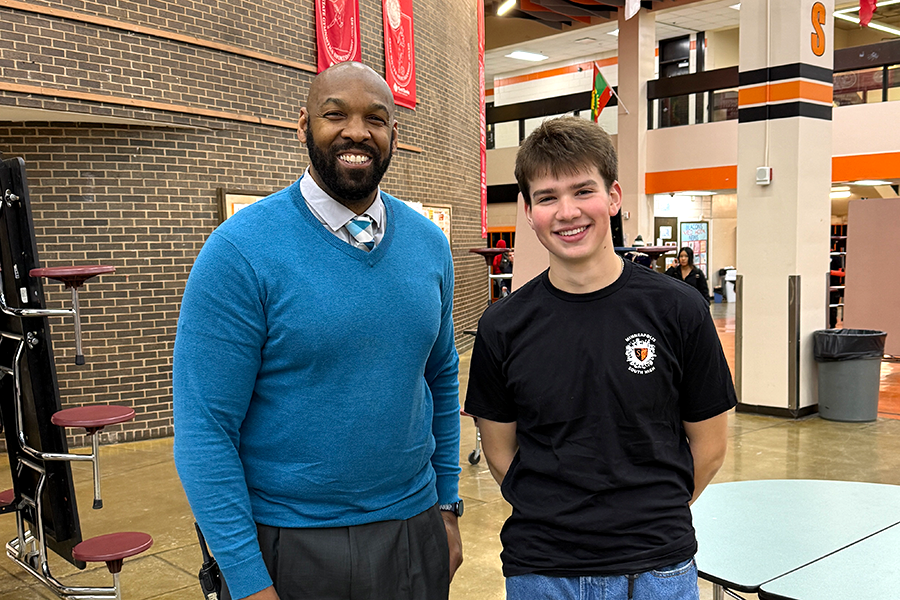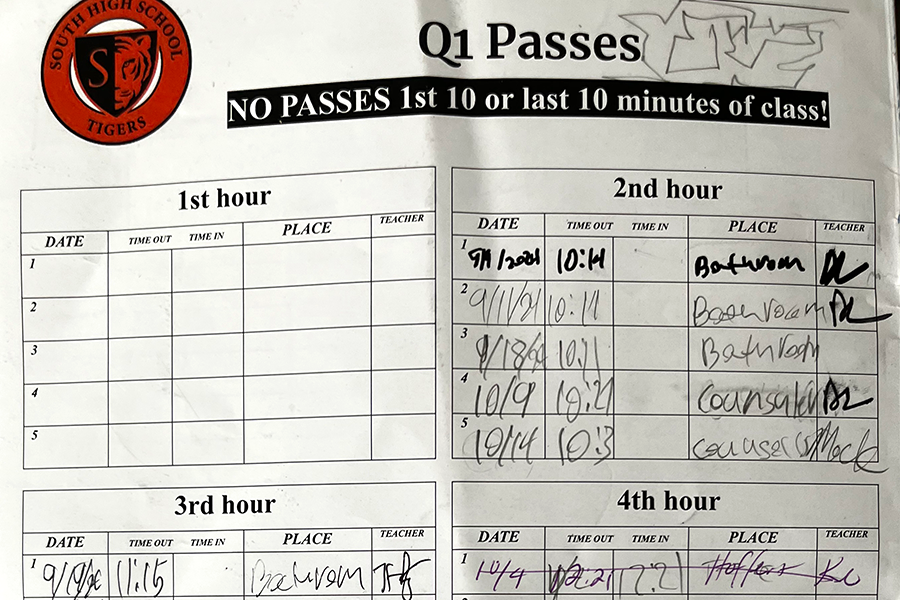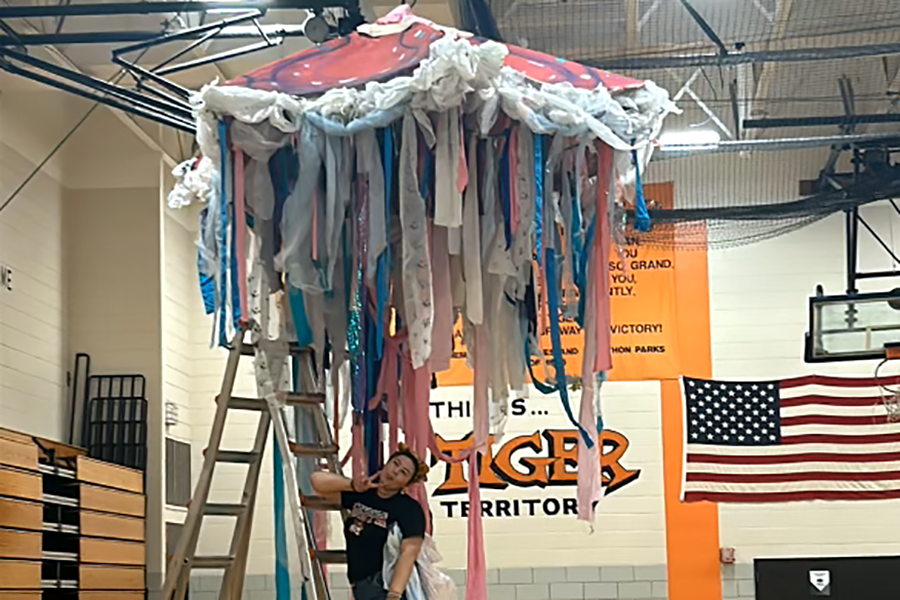It’s getting to that time of year again, seniors got accepted into their dream colleges or maybe some are just happy that they got accepted into college at all. This prompts the question, “How are you going to pay for it all?” With the cost of college rising, including the cost of books and classes as well as dorm and personal expenses, it’s beginning to seem like an outrageous and overwhelming amount. But with the help of your local financial aid advisor, Peggy Zimmer, it can become much less stressful, real fast.
First, if you haven’t already, fill out the FAFSA (Free Application for Federal Student Aid) which is a formula that takes into account your size of family, income, assets and liability. It determines how much money that can be awarded to you through financial aid.
There are three main types of financial aid available, “scholarships, loans and grants,” said Zimmer. Grants are “free money, the state, federal government or colleges will issue them.” There are all different kinds of reasons students could get them and there is a variance of the requirements to get them. Grants aren’t only offered to students they could also be offered to people starting a business, schools, programs ect. to get a grant the student must first prepare a written proposal.
Scholarships are issued by the college, they could also be issued by local organizations or outside ones. Scholarships are more focused on students. They usually have more ridged requirements for the student such as, to hold a certain GPA, based on gender or field of study. Usually, scholarships go to students who are just getting into college. For example, South High Foundation is a big contributor of them. “[Be sure to] Start applying for the scholarships in mid-February.” added Zimmer. “Make sure to always be checking the Naviance for daily updates about new scholarships.
Loans are another kind of financial aid for seniors to look into. A loan is where you go to the bank and borrow money while you’re still in school and it doesn’t collect interest. it should be looked at as an option but try to get some free money first. Zimmer adds, “[to] not be afraid of taking money out, most people do, but just be aware of what that money is going to look like when you’re done.”
The last and quite possibly the most unknown of the possible financial aid options is a work study for your college. It is when you spend ten to twelve hours a week in an on campus department doing things such as, “teacher’s aid, library, tour guide, ect.” It is a fun way to meet people and get a check to spend on college related things or personal things.
“Every college has financial aid counselors [and it is] part of their job to figure out how much families have to pay.” concludes, Zimmer. So make sure you fill out your FAFSA and get all of that free money you deserve!
Additionally, make sure to check out “College Goal Sunday” (Which isn’t always on a Sunday.) It is where trained volunteers help you fill out the FAFSA, talk to students about college admissions requirements and state-wide student services. some upcoming dates of the College Goal Sunday are on saturday, Feburary 19th at the North Community YWCA from 2-4pm and on Monday, Feburary 21st at University of the Minesota Urban Research and Outreach/Engagement Center University of Minnesota Appleby Hall, from 6-8pm. Additionally, there is more info in the College Career Center and the Naviance site has lots of info.
Some common scholarships that South High students received last year from the South High Foundation were, the Abbott Northwestern Scholarship which six students receved, four students received the Page Scholarship, two students received the Robert C. Byrd Scholarship, six students received the Regis Scholarship and two students received the Bob Kommerstad Scholarship. All awesome and beneficial to receive.
This year, seniors are currently completing the process of receiving money for college. Most seniors are applying for scholarships filling out the FAFSA and waiting to see how much they can get for college. Senior, Rashida Lacy “I just applied for the FAFSA and I am applying for scholarships.” She didn’t seem stressed out for whats to come, “I’ll see what I can get and then I’ll figure out how to pay for it [the rest] after.”







